Virtual clients can solve real management trouble
Pairing virtualised clients and servers is one way to help IT managers meet workers' personal demands.

The trouble with humans is that they seem to find it remarkably difficult to meld what is `personal' and what is `collective' into any form of workable, sustainable entity.
This capability (or more specifically lack of it) can be seen everywhere from larger systems like politics to smaller sub-sets of human endeavour - not least of which is the relationship between the `personal' computer and any enterprise.
Matching up the potential for freedom of action of a personal computer with the need for control and structure that underpins the way any enterprise operates is the bane of any IT manager's life. What is more, there are sound justifications that can be voiced on both sides of the argument - not least being the benefits that grow from creative freedom being set against the potential for dire consequences that can follow uncontrolled end-user anarchy.
Finding the right balance between these two has, until recently, been all but impossible. Managing the gap has brought strife to everyone involved. Added to this has been the underlying trend that, as rich clients get richer, they can become more difficult to manage and integrate sensibly into any enterprise infrastructure, while that very `richness' can become a hindrance to their usability as a client.
Virtualisation the answer?
It does seem, however, that there is now a way to solve some of these issues - at least when it comes to finding a bridge between the functional flexibility of the end-user client and the management of that functionality needed by the enterprise.
Virtualisation of the desktop is not new, but its impact on infrastructure management issues is growing. Here is the ability to not only manage but host remote desktop services from servers back at the datacentre.
Get the ITPro daily newsletter
Sign up today and you will receive a free copy of our Future Focus 2025 report - the leading guidance on AI, cybersecurity and other IT challenges as per 700+ senior executives
For old hands in IT, this will sound remarkably like the old world of mainframes and 3270 `green-screen' terminals. That is metaphor worth keeping in mind. The core functional difference is that the end users are running the feature-rich applications environments for which the PC has become famous in very much the same way as old green-screen terminals - but without the horrendous management issues that normally go with using PCs in a distributed environment.
Business advantages
The advantages of this approach, however, go well beyond the purely technical or parochial IT management issues. There are now real advantages in terms of business.
For example, one company in the insurance business has been able to open - and equip - several branch offices without having to extend its IT resources beyond the purchase of the relevant number of thin clients. Using VMware's VDI technology, it has not only been able to save on the costs of installing and managing local server resources at the remote sites, but also to run the applications on the existing resources at the headquarters datacentre.
In purely business terms, this gives the company savings in capital expenditure, both at the remote desktops and back at the HQ datacentre, and in other areas such as labour costs, staff training costs and support and maintenance costs. For the IT department, it also offers such advantages as direct management of the remote desktops, minimum support requirements and none of the problems associated with the piecemeal rolling out of new or upgraded applications to remote desktops.
By regrouping the management and delivery of applications and data back at the server level, this operational model also then provides the benefit of end user flexibility. At one level, as in the example above, there is the option for the business to select the most cost-effective desktop solution - the thin client.
-
 Cleo attack victim list grows as Hertz confirms customer data stolen
Cleo attack victim list grows as Hertz confirms customer data stolenNews Hertz has confirmed it suffered a data breach as a result of the Cleo zero-day vulnerability in late 2024, with the car rental giant warning that customer data was stolen.
By Ross Kelly
-
 Lateral moves in tech: Why leaders should support employee mobility
Lateral moves in tech: Why leaders should support employee mobilityIn-depth Encouraging staff to switch roles can have long-term benefits for skills in the tech sector
By Keri Allan
-
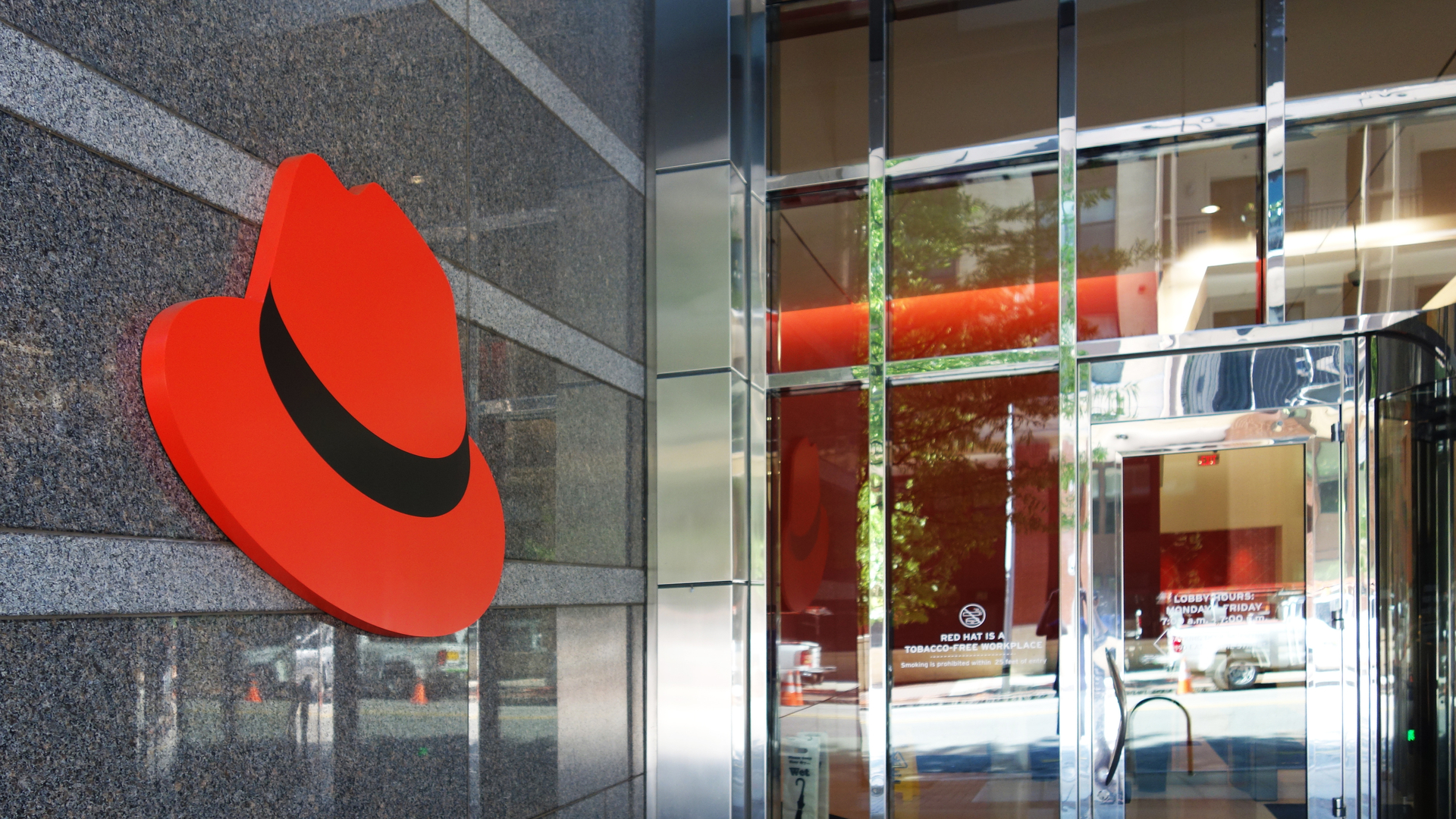 Red Hat Enterprise Linux 9 aims to fuel innovation in the open hybrid cloud
Red Hat Enterprise Linux 9 aims to fuel innovation in the open hybrid cloudNews The latest version of RHEL will be available in the coming weeks, complete with updated features for edge and multi-cloud computing
By Daniel Todd
-
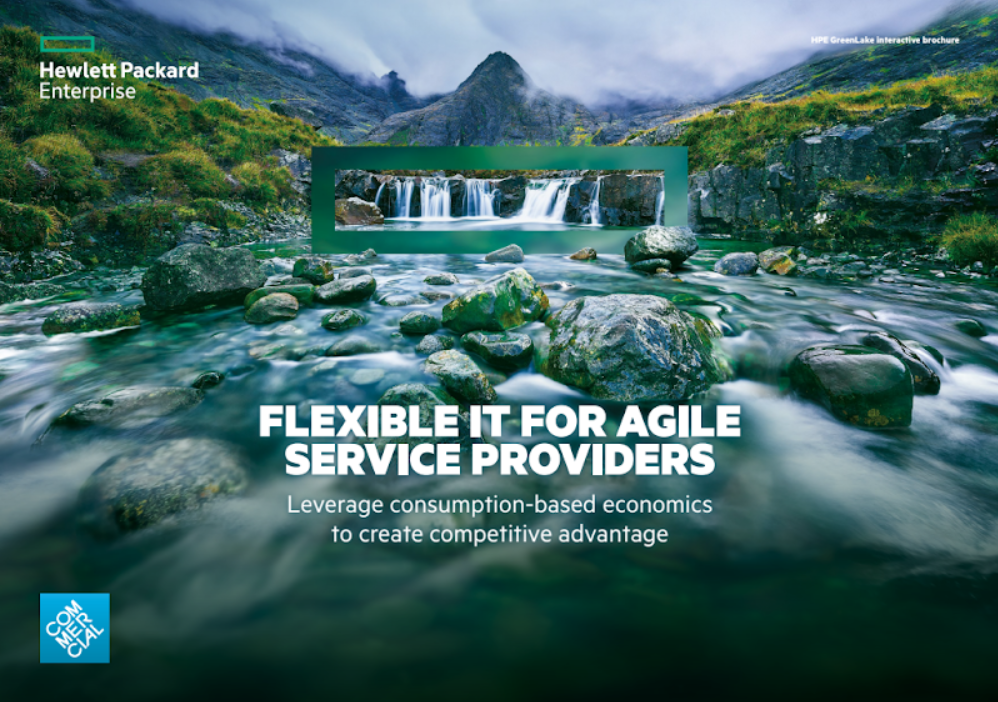 Flexible IT for agile service providers
Flexible IT for agile service providersWhitepaper Leverage consumption-based economics to create competitive advantage
By ITPro
-
 Red Hat becomes billion dollar company
Red Hat becomes billion dollar companyNews Along with breaking the billion barrier in revenues, the firm reveals it will be bringing SLAs to its Platform as a Service offering.
By Jennifer Scott
-
 Huawei lays claim to world’s largest desktop cloud
Huawei lays claim to world’s largest desktop cloudNews The Chinese telecoms firm reveals 45,000 of its engineers use desktop virtualisation.
By Jennifer Scott
-
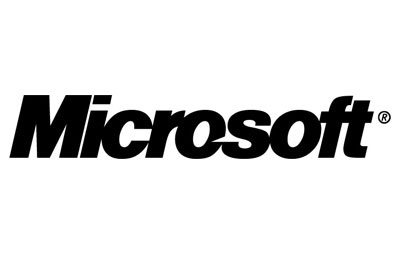 Microsoft sees Windows revenue dip six per cent
Microsoft sees Windows revenue dip six per centNews The Redmond giant posts another set of mixed results, with Windows continuing to disappoint.
By Tom Brewster
-
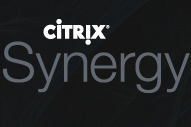 Citrix Synergy 2011: Cloud Portal set to improve customer support
Citrix Synergy 2011: Cloud Portal set to improve customer supportNews The virtualisation giant claims its new offering will help service providers ‘turn their cloud infrastructure into a cloud business.’
By Ross Kelly
-
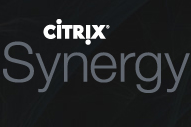 Citrix Synergy 2011: Citrix snaps up AppDNA
Citrix Synergy 2011: Citrix snaps up AppDNANews The UK-based application migration specialist is bought to help beat the XP countdown clock.
By Ross Kelly
-
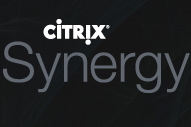 Citrix backs thin client revolution with HDX system-on-chip
Citrix backs thin client revolution with HDX system-on-chipNews Some sub-$100, HD-enabled thin clients are on the way thanks to Citrix's move into system-on-chip technology.
By Tom Brewster